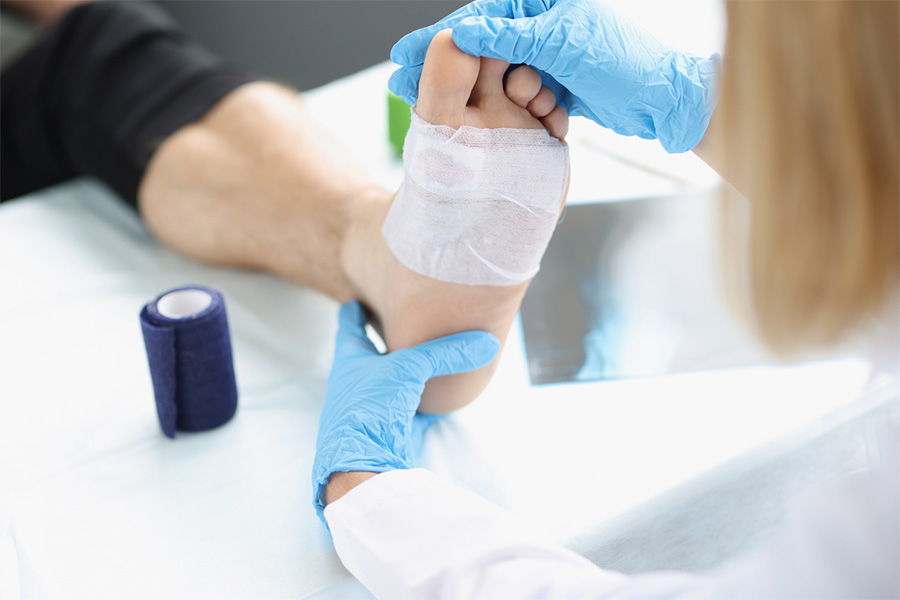Bunions or hallux valgus is one of the most common foot problems. Symptoms include pain, soreness, a burning sensation, and a visible lump on the side of the big toe. Bunions can become very uncomfortable when wearing tight-fitting shoes. However, not all patients necessarily feel symptoms. In some cases, patients can go years without any symptoms besides having a physical protrusion on the side of the big toe.
So, what causes the formation of bunions? There are several possible causes.
Long Periods of Time Spent Standing
Many occupations require workers to spend a lot of time on their feet. A few examples are retail workers, receptionists, factory or warehouse workers, and security guards. Bunions and other foot problems become an occupational hazard for people in such occupations because of long-term pressure on the feet.
Wearing Ill-Fitting Shoes
The reason why most people with bunions are women is that most often, women’s footwear includes tight and pressure-inducing shoes, such as high heels. These shoes were built for style and aesthetics – not support and comfort. There is an uneven distribution of weight on the feet when you wear heels or shoes that are tight in the toe area. As a result, the toes are forced together into an unnatural position, which increases risk of bunion formation.
Structural Problems and Genetics
Bunions usually run in families because many foot characteristics get passed down through genetics. High arches and flat feet can leave you vulnerable to bunion formation. To prevent it, you should see a foot doctor or podiatrist, who will be able to recognize such issues early on – even before bunions form. By doing so, you can reduce the risk of developing bunions in the future. Additionally, there are custom orthotics available that can address the uneven distribution of weight due to your foot’s structural problems.
Rheumatoid Arthritis
Many patients with bunions also have rheumatoid arthritis (RA). Because RA causes your immune system to attack your joints, including your ankle and foot joints, your toes may be in constant state of inflammation. This can weaken your foot structures and accelerate the development of bunions.
A lot of people think bunions are a cosmetic issue, but it’s a serious condition for a lot of people. Without treatment, it may progress to the point where you have trouble standing or walking due to the pain and discomfort. The good news is, you don’t have to suffer from this condition. A podiatrist can provide care to prevent the formation of bunions. If you already have bunions, a podiatrist can help you manage symptoms and prevent them from getting worse.
Bunion Treatment in Cincinnati, Ohio
At Cincinnati Foot & Ankle Care (CFAC), our highly-skilled and experienced podiatrists can diagnose and treat the full range of foot and ankle problems, including bunions. Our goal is to bring you relief from uncomfortable symptoms while also addressing your underlying condition or injury. From in-office procedures to foot and ankle surgery, you can trust that we will provide you with effective podiatric solutions.
To request an appointment, call the Cincinnati Foot & Ankle Care clinic nearest you or submit a request now. We look forward to seeing you at one of our 19 locations across Ohio.
Share

Surgeons can provide both surgical and nonsurgical care.




